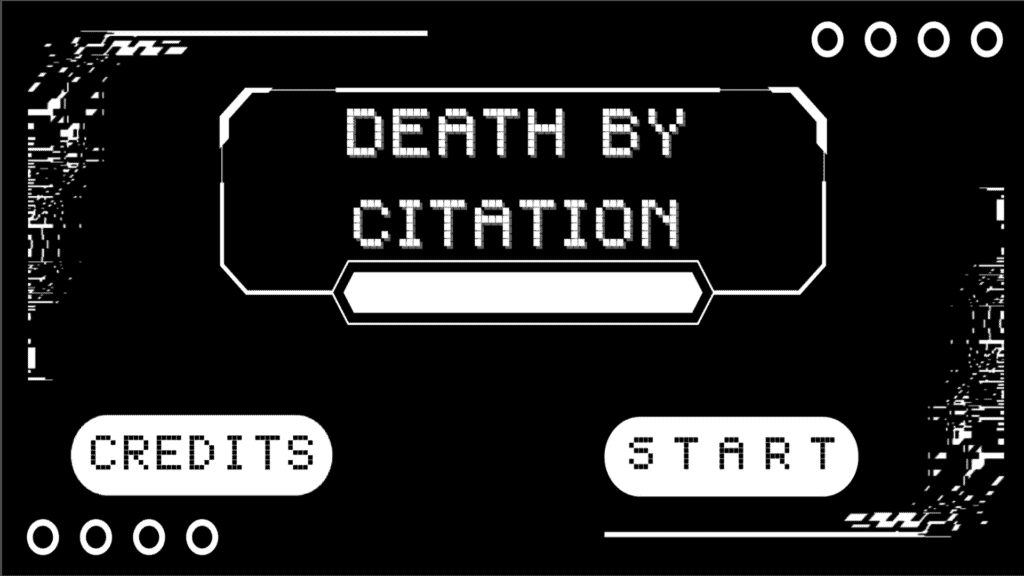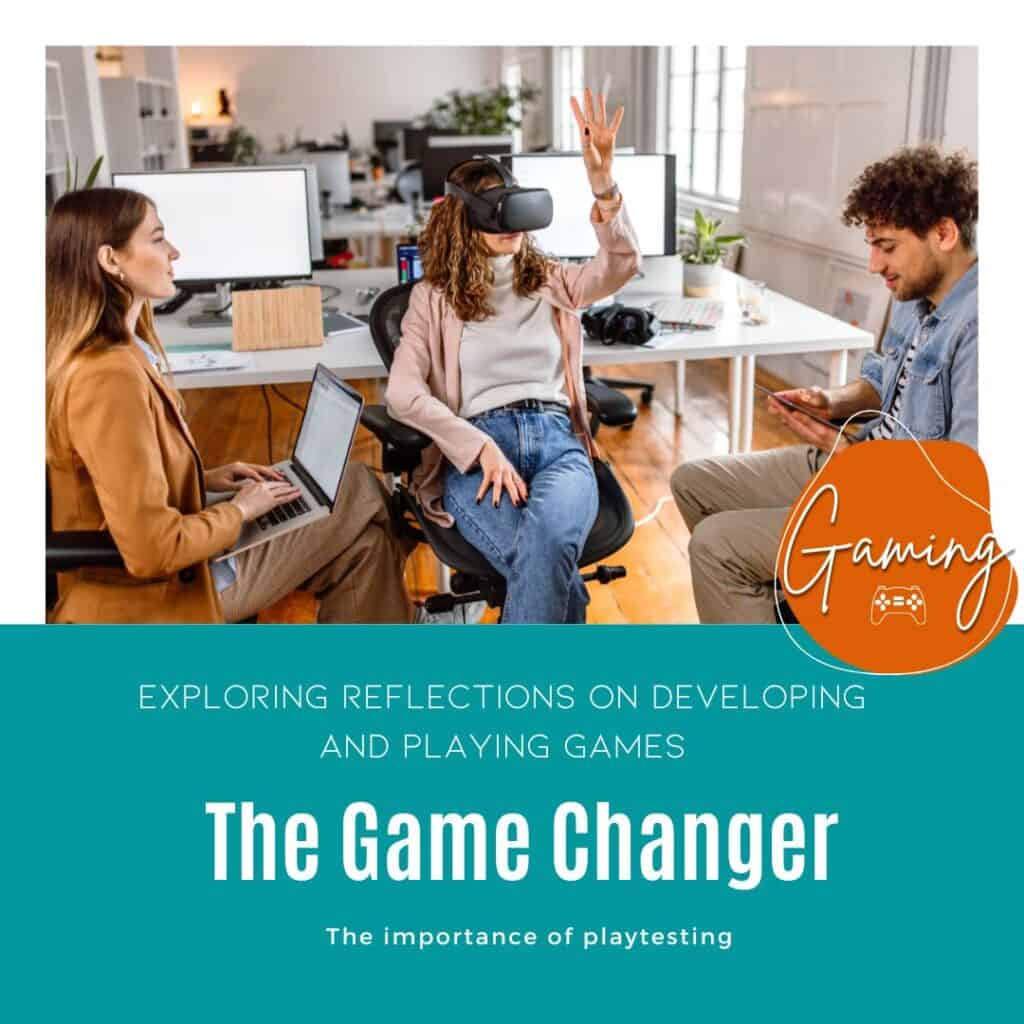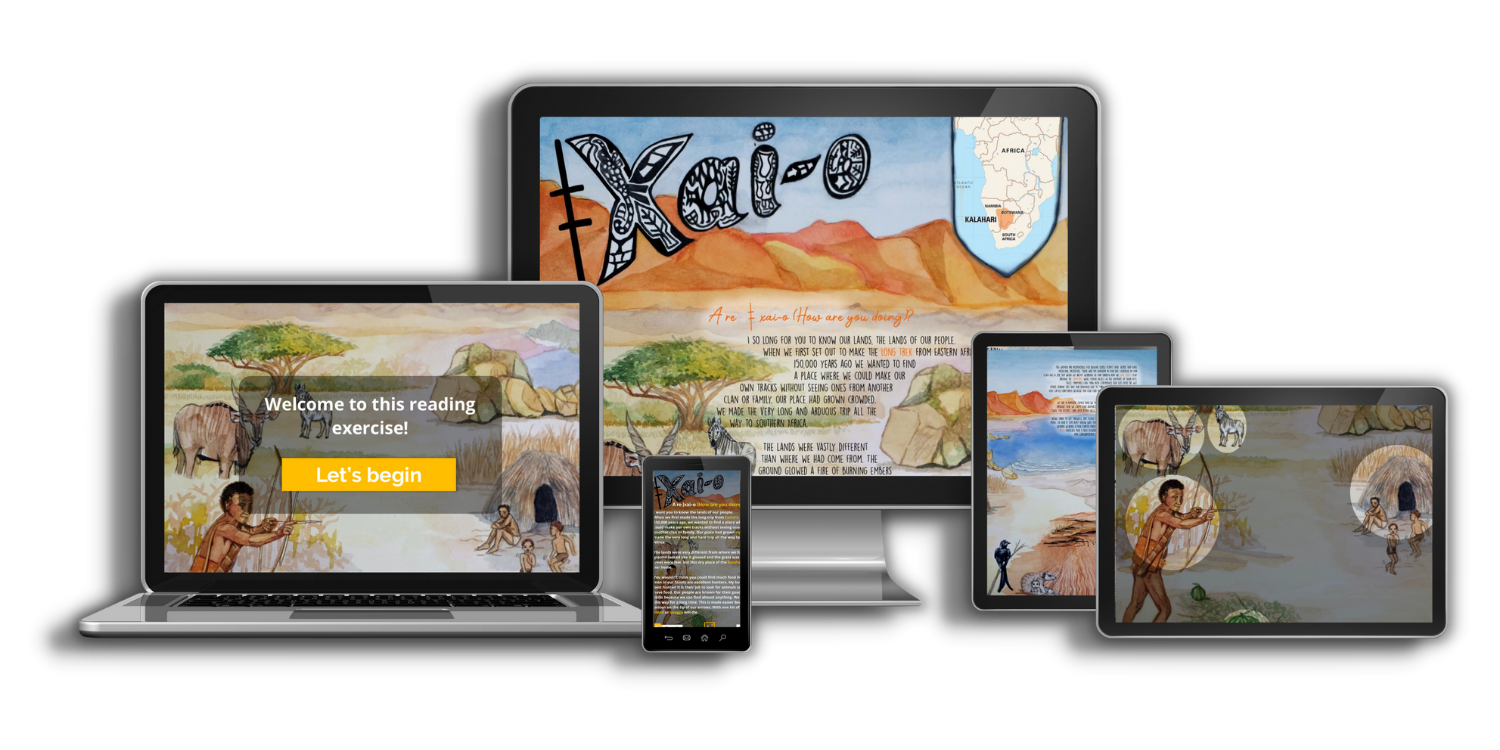When setting up a playtest using Playtestcloud, it’s important to carefully consider various factors to ensure a successful and informative testing experience. One key advantage of Playtestcloud is its user-friendly platform, which simplifies the process of conducting playtests and collecting feedback from testers. With Playtestcloud, we were able to order a playtest and quickly prepare a set of questions to gather feedback from our testers.
However, before launching the playtest, we had to make some important decisions. One of the first decisions we faced was which platform to test on – iOS or Android. Unfortunately, it was not possible to test on both platforms simultaneously. After weighing the pros and cons of each platform, we decided to go with iOS since the majority of our target audience used Apple devices.
What comes with the free trial?
When planning our playtest on Playtestcloud, we had to decide whether to offer rewards to our testers. Although Playtestcloud provides the option to reward testers for their participation, we were uncertain whether our trial membership included this benefit or if it would come at an additional cost. Despite considering the potential benefits of offering rewards, such as increased engagement and motivation among testers, we ultimately decided not to provide them this time. Instead, we believed our testers would be sufficiently motivated by their own interest in the project and the chance to provide valuable feedback to help improve our creation. By forgoing rewards, we also ensured that any feedback we received would be genuine and not influenced by the incentive of a reward.
When we launched our playtest using Playtestcloud, the first person to respond and start playing was Lanxin, a student from our graduate school class. It was exciting to see the first player engage with our game, and we eagerly awaited their feedback and observations, hoping to learn more about what was working well and what could be improved. Lanxin’s experience would serve as the first of many that we would gather through Playtestcloud, helping us make informed decisions about how to refine and improve our creation.
Playtestcloud’s asynchronous testing platform was especially helpful for us because it allowed us to gather feedback from testers at their own pace, without requiring them to schedule specific testing times. This made it easier to include a larger number of testers and to work around their schedules. Playtestcloud also provided video and audio footage of the tester while playing, which allowed us to gain deeper insights into their experience and thought processes.
The Benefits of PlaytestCloud
Overall, by leveraging the features and benefits of Playtestcloud, we were able to efficiently set up and run a successful playtest that yielded valuable insights into the user experience. The feedback we received from our testers, including Lanxin, helped us identify areas for improvement and make informed decisions about how to refine and improve our game or application. The experience of working with Playtestcloud and gathering feedback from our testers was invaluable, and we would highly recommend it to anyone looking to improve their creations through playtesting.
In addition to Playtestcloud, other companies such as Ubisoft, Activision, and Electronics Art Playtesting offer similar playtesting services. These companies have specialized tools and platforms that can help developers gather data from testers to identify issues and areas for improvement in their creations. However, we chose to use Playtestcloud because of its ease of use, cost-effectiveness, and asynchronous testing capabilities.
Here’s Out it Went
The playtest with Alana (watch it here) revealed various technical concerns with the language learning game, such as the screen not growing to full size on some devices, which hindered the player’s ability to read the text boxes. This emphasizes the significance of cross-platform testing for the game’s compatibility and smooth operation. In addition, Alana, a 46-year-old UK resident, struggled to make sense of the game’s instructions, which may be enhanced by offering better and more concise directions or by having a tutorial part to lead players through the gameplay.
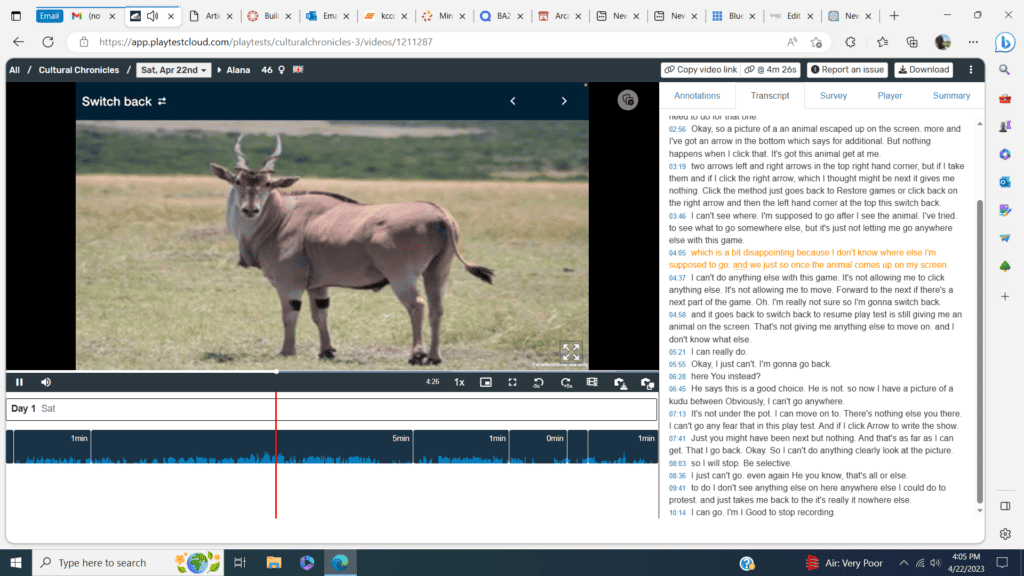

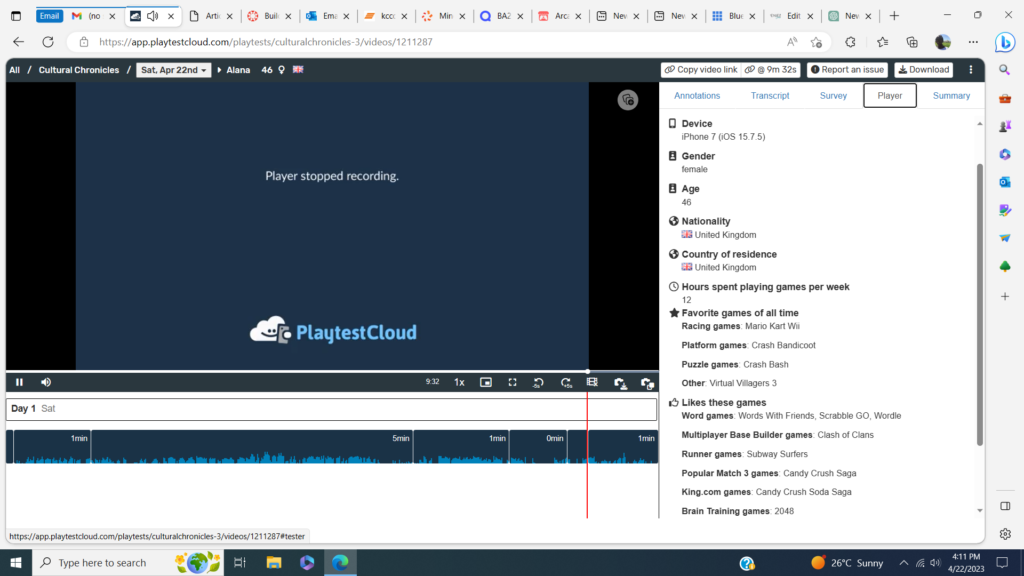
Alana is a dedicated gamer that enjoys many genres, but especially puzzle games, platformers, and RPGs. She said that the games she enjoys the most are the ones in which she may set and achieve goals. She likes games with good graphics and a compelling plot.
Alana complained during the playtest that the language learning game was too complicated, and she had a hard time following the instructions and figuring out what she was supposed to be doing. Because of this, she found herself disinterested in carrying on with the game. Players who are puzzled or frustrated are less likely to enjoy the game and may not provide honest feedback, highlighting the need of clear communication and guidelines in game creation.
Alana also mentioned including visuals to help those learning English as a second language, which is a fantastic idea since visual aids have been shown to improve comprehension and engagement. Illustrations could be employed to clarify the meaning of difficult vocabulary terms, provide depth to the story, or serve as a visual aid for the reader. An educator could use differentiating questions to test a player’s comprehension of the story by having them describe the scene, the characters’ feelings, or what they think will happen next. These types of inquiries can reveal information about the player’s level of understanding and critical thinking that can be used to improve the game in the future.
The test administrator, Alana, was obviously confused about the test’s purpose and intended audience. This occurred because neither the instructions nor the communication were crystal clear, despite the fact that this information is essential for testers to know what to expect and how their input will be used. Testers need clear communication and guidelines to prevent becoming confused or frustrated, both of which can negatively affect the quality of their feedback.
This playtest serves as a reminder of the significance of user-centered design, solid technological execution, and effective communication while creating and testing video games. The language-learning efficiency of the game can be improved by include visual aids and differentiating questions, and the technical functionality and user experience can be enhanced by testing on various devices and platforms and providing clear instructions. Alana’s comments will help make Duolingo a better language-learning tool.
The Connection with Karl Kapp
Karl Kapp, in his book “The Gamification of Learning and Instruction,” argues that the three most important factors in determining a game’s success are its technical functionality, user experience, and clear communication. Playtesters like Alana have valuable insights that help improve the game and make learning from it more fun and interesting for future players.
In addition to Alana’s comments, it’s important to note that Cloudtestplay was used to run the playtest. Video recordings of the player’s screen and audio while they played the game were one kind of detailed feedback made possible by this platform. This helped us learn about the player’s experience and find ways to enhance the game’s design and functionality.
At the conclusion of the playtest, Playtestcloud provided the participant with a survey to elicit more comments. User interface, gameplay, and language learning efficiency were all covered in the poll. Playtestcloud took all of this feedback and processed it, then gave me recommendations for how to make my game better.
Kapp, K. M. (2012). Video game mechanics and design principles applied to education and training. A.M. Wiley & Sons, Inc.
From the other side, my experience as a playtester
Playing through the class’s prototype of the Green Roof game, I found it to be a fun and informative way to get insight about green roofing. The game’s intended audience is pupils in grades three through five, however there are a few ways it may be enhanced to make it more approachable to them.
Designers of games for elementary school kids should keep in mind the wide range of pupils’ reading skills and attention spans. Some pupils may find it difficult to follow the game’s existing text-based instructions. Since kids in this age range have widely different reading abilities, it is important to incorporate material at an appropriate level for the intended audience. The game might also be split up into several tiers to better suit the attention span of younger students.
As was previously indicated, additional visual and auditory clues might be added to the game to augment the textual instructions. Students who have trouble with reading comprehension or who have a shorter attention span might benefit greatly from these. Students may benefit from the game’s presentation and the information it conveys on environmentally friendly roofing if it makes use of visual aids such as graphics, photos, animations, and videos.
It would also be helpful if players were rewarded for making the right choices, since this would encourage them to continue playing and learning from the game. When the user chooses the appropriate material for a given layer of the sustainable roof, for instance, the game may play a sound effect or display an animation.
In spite of these caveats, I thought the Green Roof game was done really effectively, and the team’s efforts were clearly visible. The game has the potential to be an outstanding educational tool for teaching kids about sustainability and environmental protection if it is adapted to the varying reading comprehension and attention spans of primary school pupils.
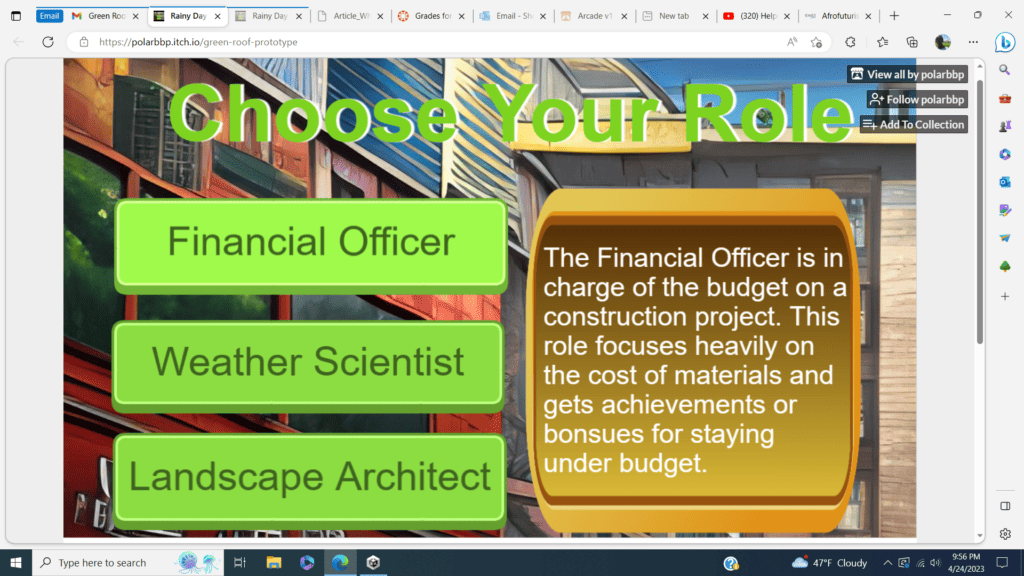
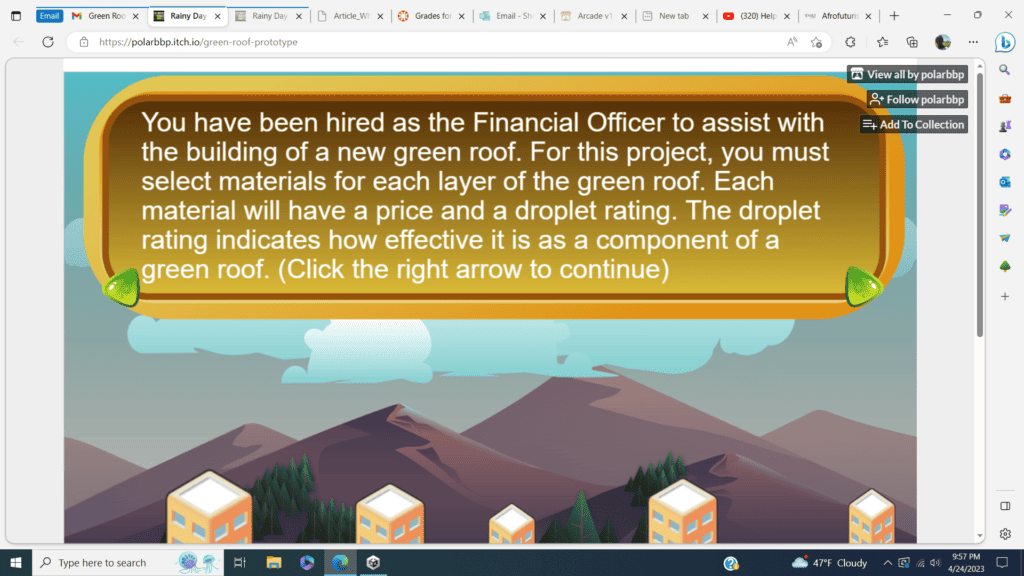
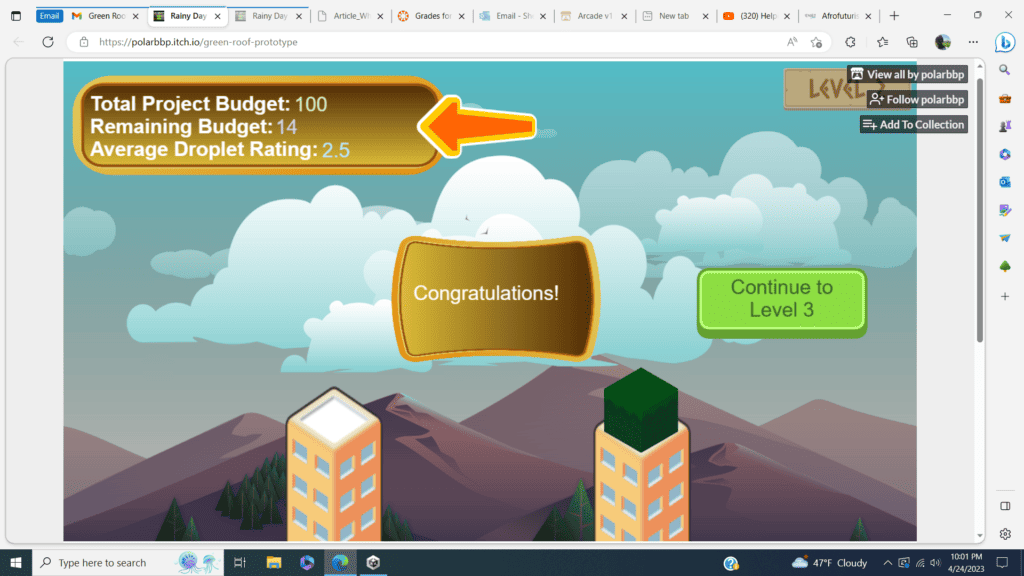
Recently, I got the chance to playtest “Site Mark- Universal Protocol,” a narrative-based game that teaches doctors and medical students about pre- and post-operative procedures and patient communication. However, the game was somewhat longer and had an entire level with a score system, unlike the one I am designing. A useful survey was supplied for feedback, and the playtest was completed asynchronously despite the team’s lack of usage of a playtesting provider like PlaytestCloud. While I did like playing the game, I wish there had been more to do except click and read, and it would have been useful to know who the intended audience was so I could give them more pertinent criticism. The email instructions were easy to follow, and I enjoyed my time spent playtesting the game.
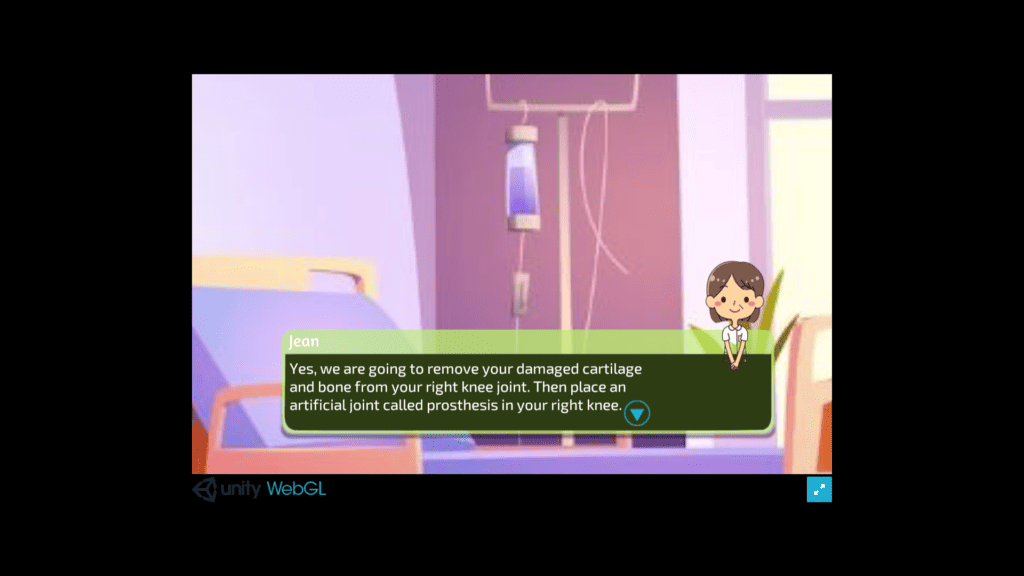

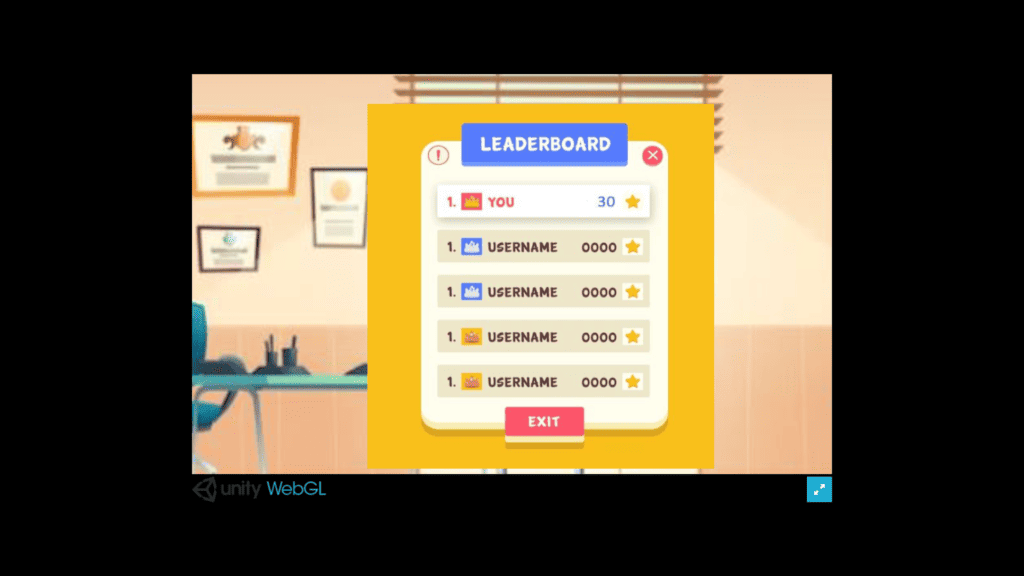
I noticed that 7 minutes of asynchronous playtime was averaged throughout my playtest of Death by Citation. While the visuals were impressive, the game’s mechanics were a bit of a mystery to me at first due to unclear instructions. However, after examining the setup, I was able to solve the puzzle and proceed to the next stage. My proposal for the game is to add color coding to the citation pieces so that the player can easily tell which ones belong where. Some participants may not be familiar with citations or the game, so it’s a good idea to explain both. I think Death by Citation has great potential to help players hone their citation abilities, and I liked playing game despite its rocky start.

